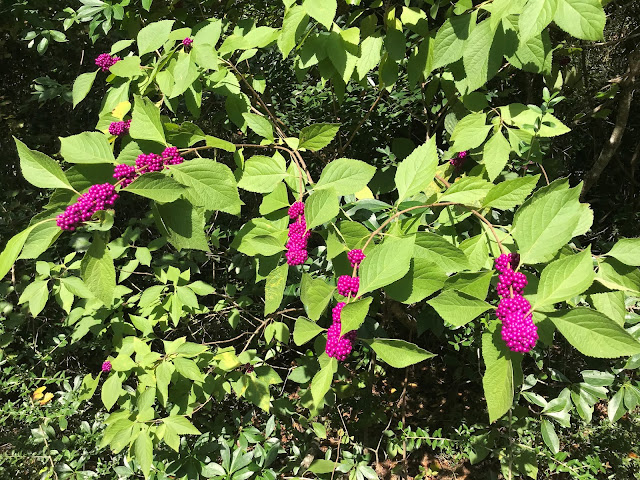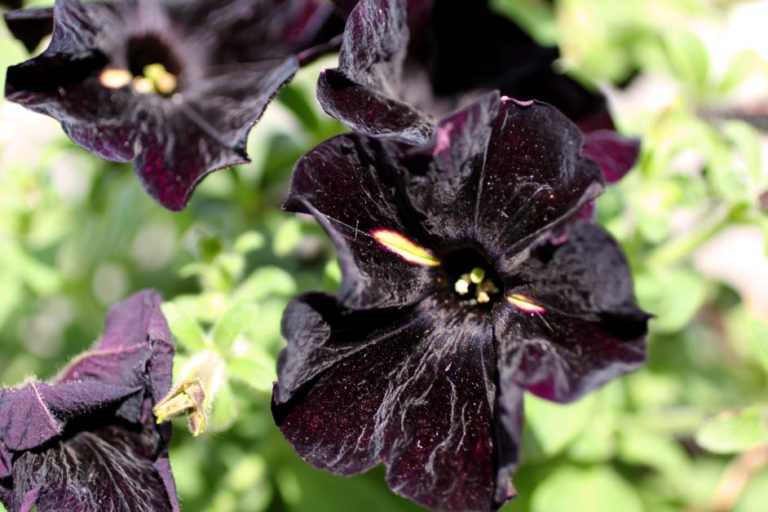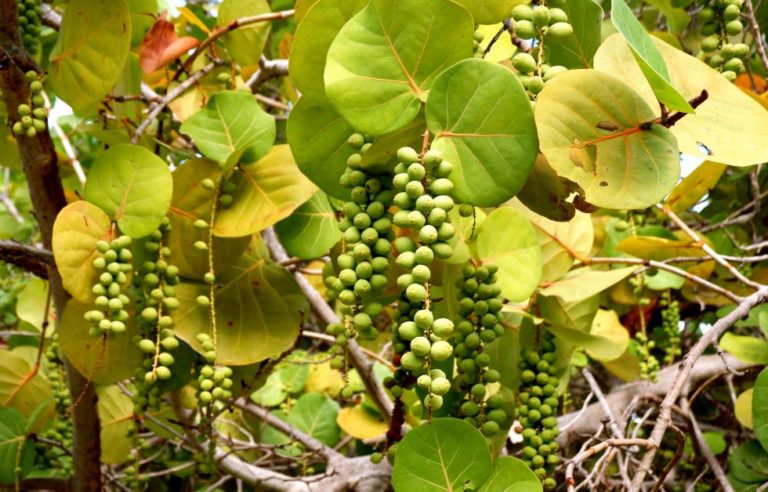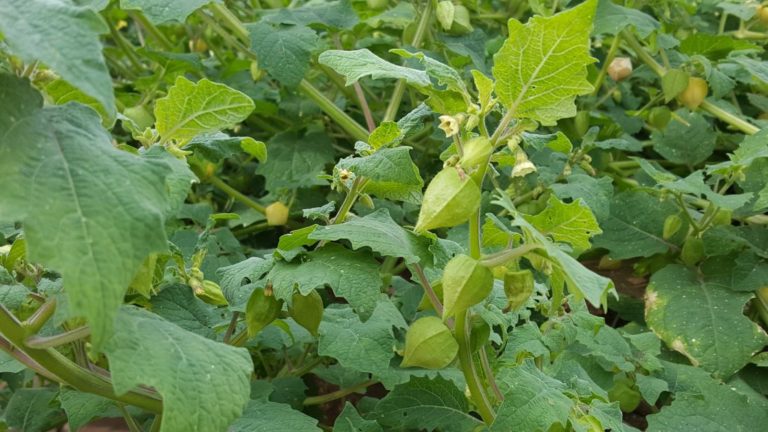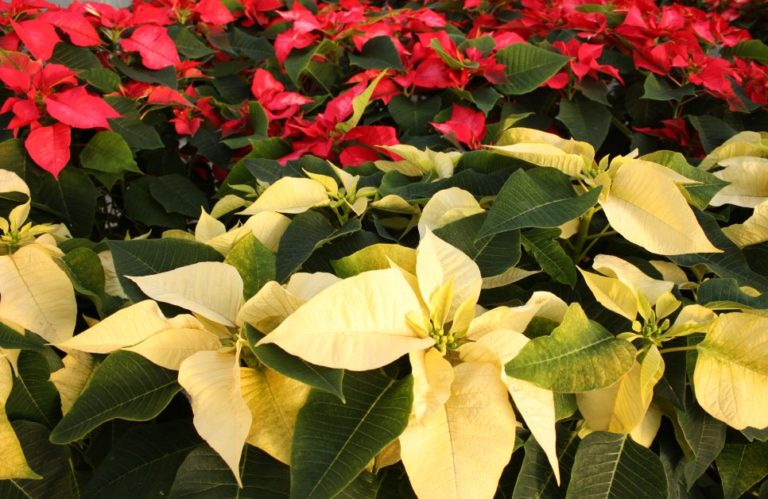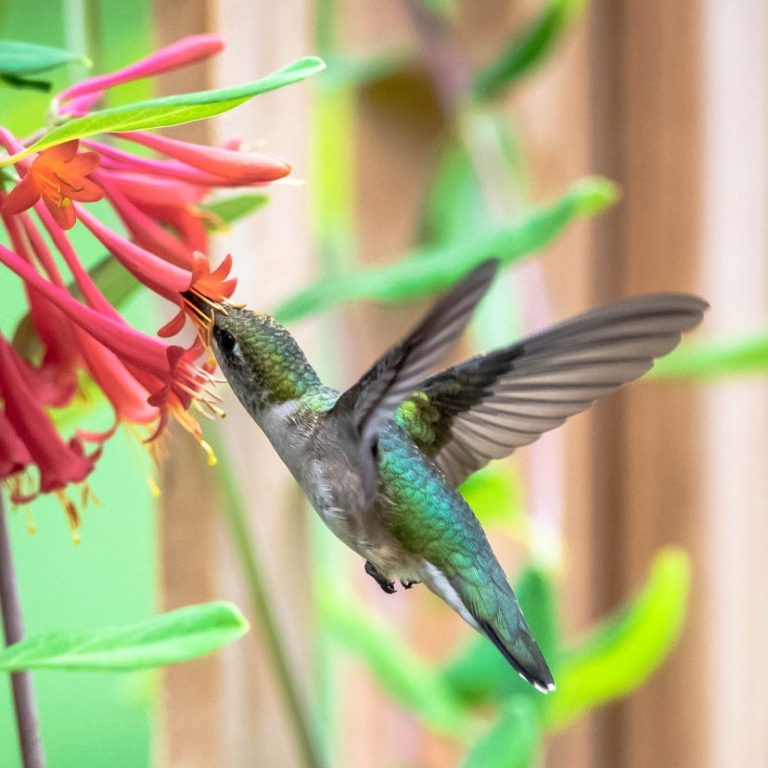The American Beautyberry – A Florida Native
I was on a hike at Hillsborough River State Park (one of my favorite places in the state) when a plant with bright purple berry clusters caught my eye. There isn’t a ton of color going on in the swamp this time of year, so these berries really jumped out on the trail.
I wondered if the berries were edible. I doubted it. In my experience, vibrantly colored berries usually mean poison. Since I don’t make it a habit of eating random berries I find in the forest, I looked it up right there on the trail. I was pleasantly surprised to find out that beautyberries are indeed edible.
That sealed the deal — I had to add the beautyberry to my garden.
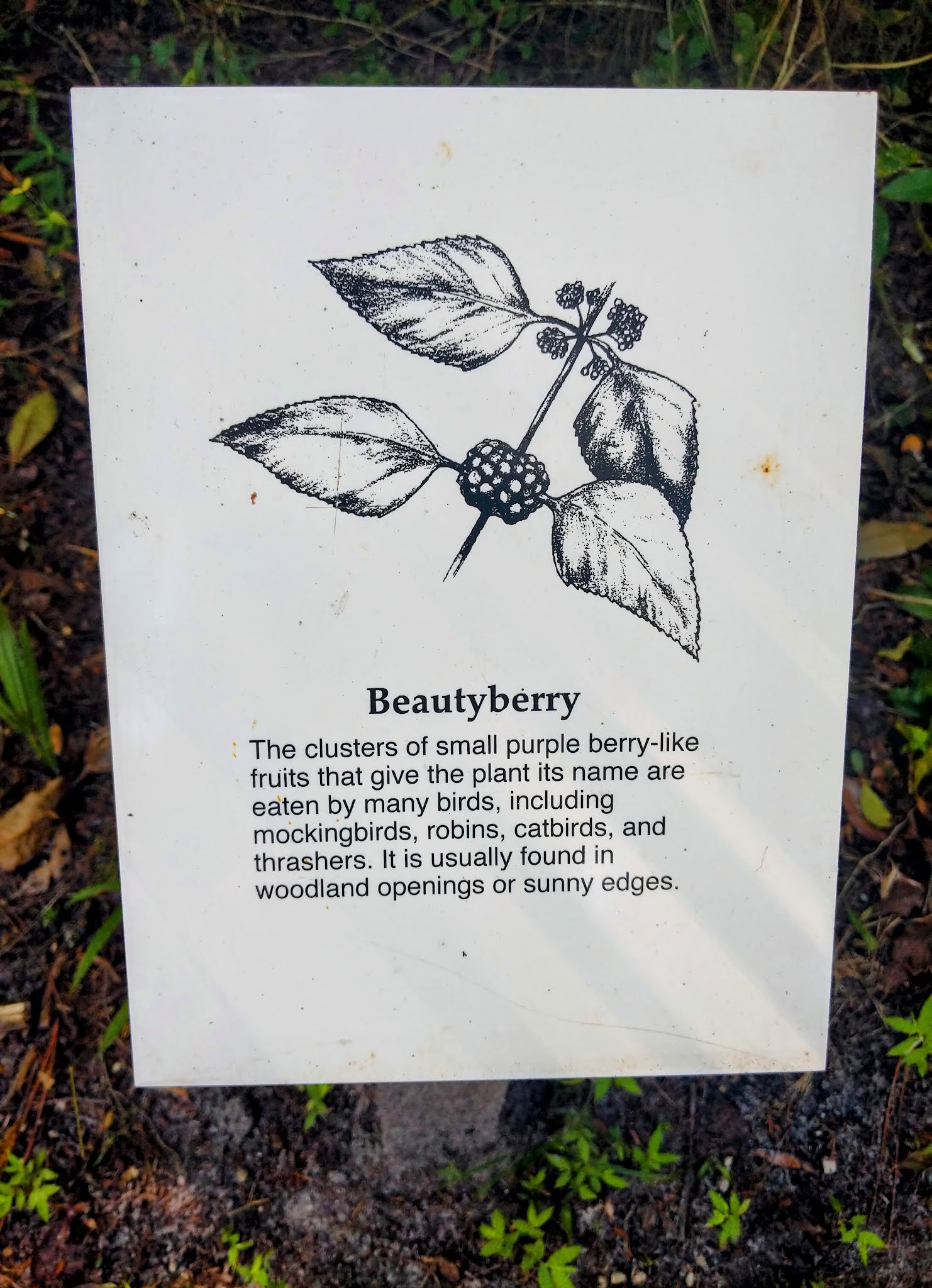 |
| Sign at Hillsborough River State Park |
What is a Beautyberry?
The beautyberry (Callicarpa americana) is a Florida native plant that’s also found in other parts of the world. You can find the American beautyberry all the way from Maryland to Florida, and as far west as Texas and Arkansas. It also grows in Cuba, Mexico, and the Bahamas.
There are four main species of beautyberry found around the world:
- American Beautyberry – Southeast US
- Bodinier’s Beautyberry – China
- Japanese Beautyberry – Japan
- Purple Beautyberry – China, Japan, Korea
In Florida, the beautyberry grows year-round. It’s not a small plant – they reach about 3 feet high and up to 8 feet wide, sometimes bigger.
In the spring, they produce light pink flowers. In the fall, the flowers mature into bright purple berries that last throughout winter. Some species of beautyberry produce white berries instead of purple, but you probably won’t find these in the wild in Florida.
Beautyberry picking season starts in mid-September in my part of the state (zone 9b).
The beautyberry shrub is propagated through birds and mammals such as deer and squirrels. The animals eat the brightly colored berries and then excrete the seeds in their travels.
Being a native, the beautyberry is an easy addition to the Florida garden.
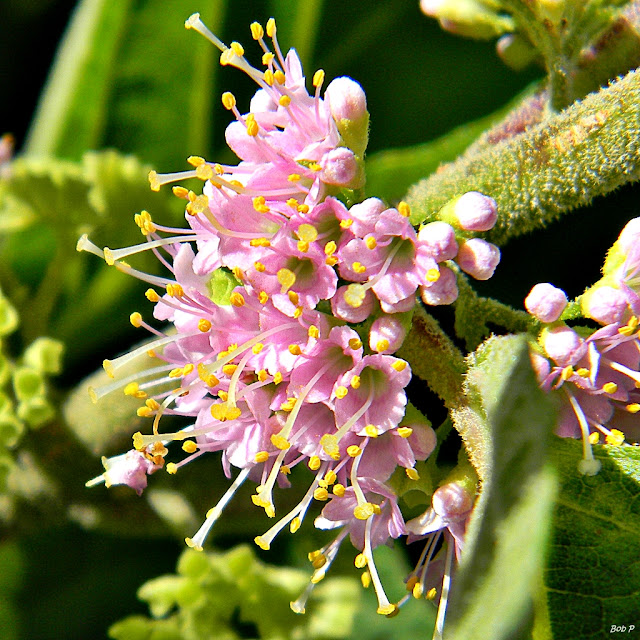 |
| Credit: Bob Peterson |
How to Plant Beautyberry from Seeds
If you find a beautyberry plant in the wild that is producing fruit, you can pick the berries and harvest the seeds. Do know that harvesting plants from state and local parks is frowned upon (and sometimes illegal). You should only pick seeds from privately owned plants, with permission.
If you don’t know anyone with a beautyberry bush, you can buy beautyberry seeds online.
Before you plant fresh beautyberry seeds, you have to remove the seeds from the berry pulp. The easiest way to do this is with a blender.
Throw a handful of seeds into a blender and fill it about halfway with water. Pulse the blender at medium speed a few times.
Strain out the water and pieces of berry that have separated from the seeds. Spread the seeds out on a paper towel to dry them for storage.
When you’re ready to plant your seeds, soak them overnight in water. Beautyberries have a low germination rate. To avoid disappointment, plant more seeds than you think you’ll need.
Plant your beautyberry seeds about 1/16 inches deep in small pots filled with potting mix. Keep the soil moist but not soggy and in temperatures above 40F. Your seeds should be ready for transplant in about 3 months.
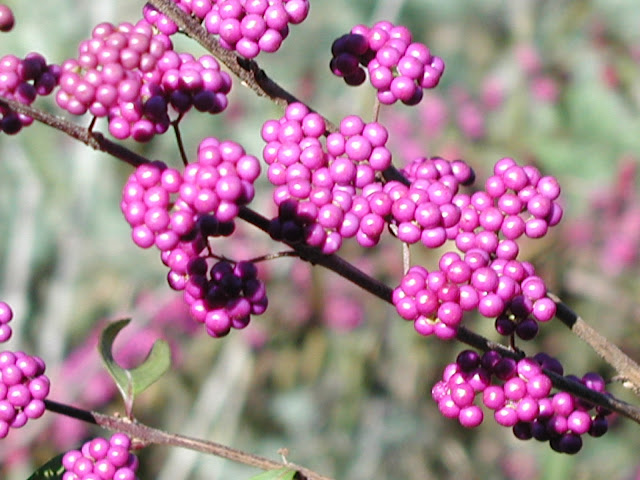 |
| Credit: Borean Hunter |
How to Plant Beautyberry from Cuttings
Beautyberry will also grow from cuttings, which will get you a mature plant quicker than growing from seed. There is a trade-off, though, since growing a plant from a cutting has more room for error.
To grow a beautyberry from a cutting, cut a branch off the plant that’s 4 to 8 inches long. Cut it a 45 degree angle and remove the bottommost leaves. The branch should be on the young side – somewhere in between green and woody. Pick a hardy branch that isn’t wilted or fruiting.
Once you’ve cut your branch, dip the end in rooting hormone or in my homemade rooting honey solution.
I like to grow my plants as naturally as possible and while rooting hormone may give the best results, I’ve had good luck with using a honey solution. Honey is antifungal and antibacterial, so it’ll give your cutting a clean start at life.
To make my homemade rooting honey solution, follow the directions below:
- Boil 2 cups of water
- Stir in a few tablespoons of honey
- Let liquid cool and then dip your cuttings in the honey solution before planting
Plant your cutting in medium-sized container filled with potting mix and water it in. As always, keep the soil moist but not soggy. You’ll know if your propagation was successful once you see new growth on your branch.
Beautyberry Growing Conditions
Temperature
Beautyberry has a wide temperature tolerance. If you’re planting them in Florida, rest assured that they’ll grow no matter what part of the state you’re in. They may drop their leaves, but they’ll come back when the weather heats up again.
Soil
This shrub will grow in just about any soil. It does prefer well-draining soil, but it doesn’t mind staying moist for long periods of time, either. It does best in soil that is rich in organic matter, but it’ll do fine in clay or sandy soil, too.
Give your beautyberries plenty of space since they’re so wide – about 4 feet apart is best.
You can plant beautyberry in a large container if you absolutely must, but it’s better to plant it in the ground. There’s no reason to waste a container on a beautyberry since they thrive in Florida soil. They’ll enjoy the extra room if planted in the ground, too.
Light
Beautyberry will grow in partial shade to full sun. If you grow it in the sun, then you’ll have a taller plant. If it’s shady, your beautyberry might be shorter and wider. In nature, beautyberry grows in dappled light in the understory of forests.
Water
If you plant your beautyberry in a spot that gets a ton of sun, then it’ll need more water than if you plant in the shade. Other than that, watering your beautyberry isn’t complicated. If it looks dry and wilted, then give it a bit of water. This shrub is drought-tolerant, so you probably won’t need to go out of your way to water it.
Are Beautyberries Edible?
Beautyberries are edible, but some have said that they can upset your stomach if you eat too many. Before you go shoveling handfuls of beautyberry into your mouth, eat a few at a time to see how you feel.
If you do want to give beautyberries a taste, only eat ones that are ripe and purple.
Beautyberries are sort of flavorless and astringent. Because they aren’t all that sweet on their own, most people use them to make jelly or wine.
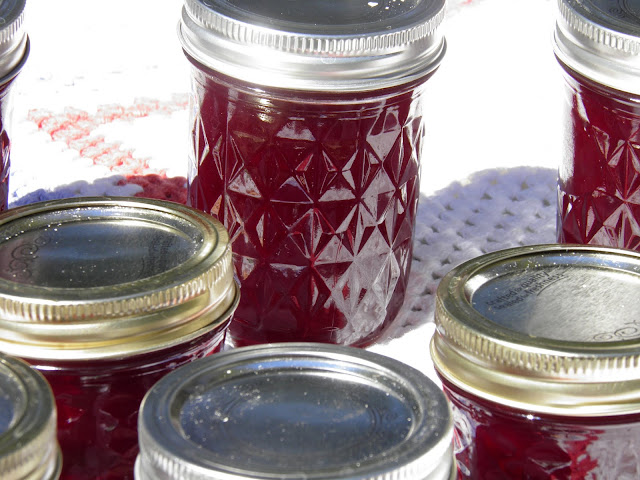 |
| Credit: John S. Quarterman |
Beautyberry Lemonade Recipe
A great way to use your beautyberries is to make beautyberry lemonade. The lemonade will be a pretty purple color, and the sugar and lemon will help cut the astringency of the beautyberries.
Ingredients:
Beautyberry Reduction:
- 1 cup beautyberries
- 1 cup water
Lemonade:
- 1 ¾ cups sugar
- 8 cups water
- 1 ½ cups lemon juice
Directions:
Beautyberry Reduction:
Add your beautyberries and water to a medium saucepan and bring them to a boil. Once boiling, turn down the heat and simmer for 20 minutes. The berries will lose their color.
After 20 minutes, remove from heat and let the reduction cool. Once it’s cool enough to handle, strain the reduction through cheesecloth and into a jar, squeezing any remaining liquid from the berries. Set jar aside and throw away the berries.
Lemonade:
In a medium saucepan, combine water and sugar. Bring to a boil and stir. Set aside to cool, and then put it in the refrigerator for six hours.
In a large pitcher, combine lemon juice, sugar syrup and 7 cups of water.
Stir in beautyberry reduction and add ice. Garnish with lemon wedge.
Beautyberry Mosquito Repellant Properties
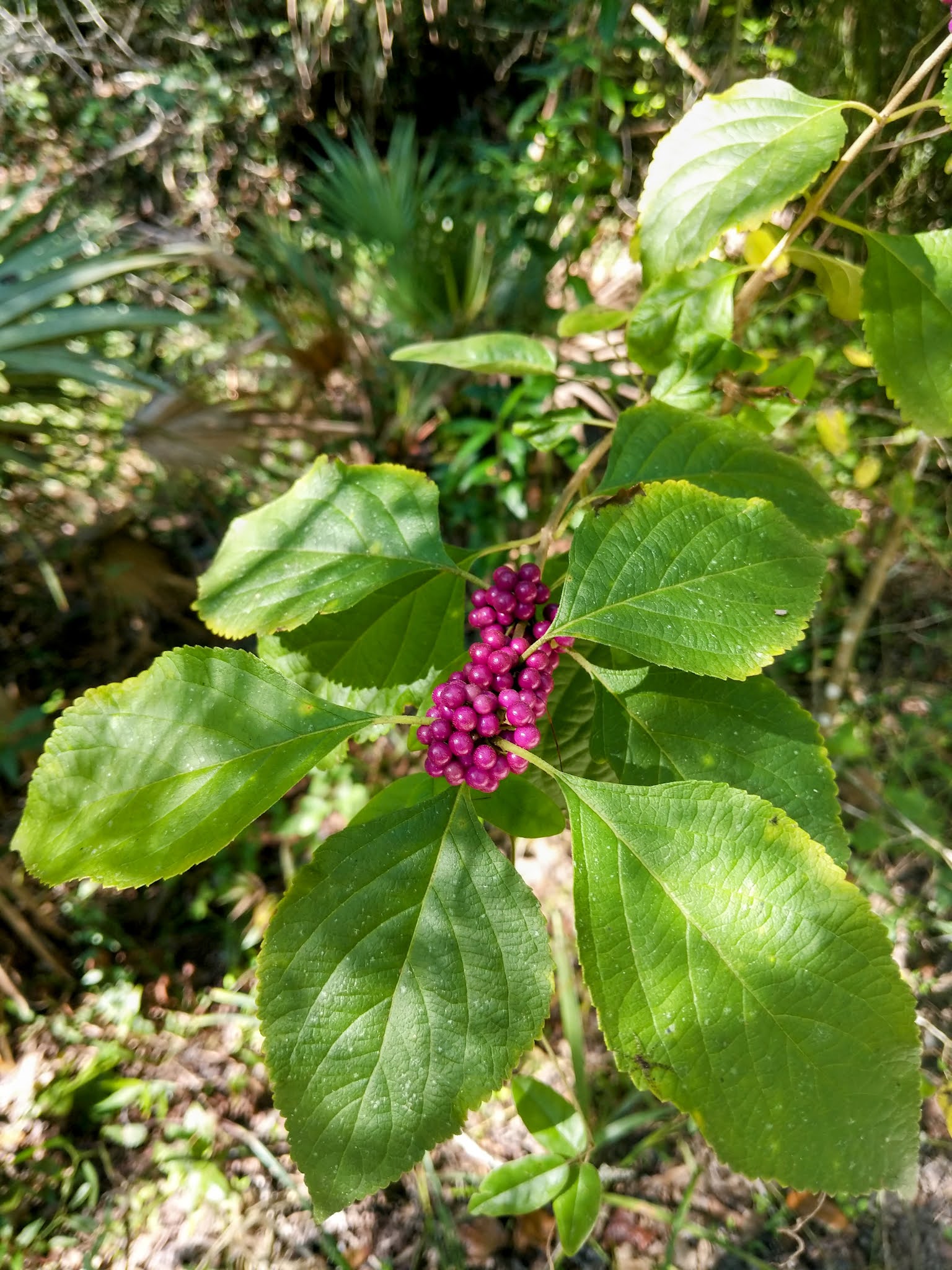
I have something to confess: I love nature, but I’m skeptical of natural medicine. Folk remedies are fun to learn about and can be good to know in case of emergencies. In general, though, I think it’s best to rely on actual medicine.
Beautyberry as an insect repellant is one of those folk remedies that actually work — there’s even science to back it up.
Studies show that beautyberry leaves contain two insect-repelling chemicals that are as effective as DEET.
These chemicals, called callicarpena and intermedeol, are proven to repel mosquitos and ticks.
Native Americans and farmers have used beautyberry to fight off insects for centuries. It turns out that they knew what they were doing on this one.
Homemade Mosquito Repellant
Some people claim to keep mosquitos at bay by rubbing crushed beautyberry leaves on their skin. Others say that you need to distill the leaves in order for the repellant to be effective.
Because it’s so easy to make, brew up some homemade beautyberry mosquito repellant to be safe.
Ingredients:
- 1 cup of beautyberry leaves, crushed
- ½ cup of rubbing alcohol
Directions:
Take your crushed beautyberry leaves and put them in a mason jar. Pour in the rubbing alcohol and put the lid on. Shake up the jar. Let the jar sit for a couple of days. Make sure to shake the jar two or three times a day. Strain out the leaves and pour the beautyberry mosquito repellant into a spray bottle.
Why Grow Beautyberries?
Beautyberries aren’t just pretty – they’re useful, too. As an urban gardener, I like to make the most of the small space I’m working with. Beautyberries not only make a gorgeous statement in my garden, but they’re easy to grow, edible, and keep the skeeters away – all wins in my book.
First photo credit: Valerie
I get commissions for purchases made through links in this post.

